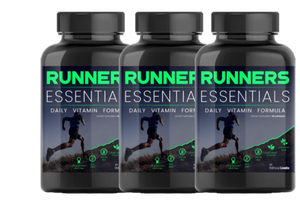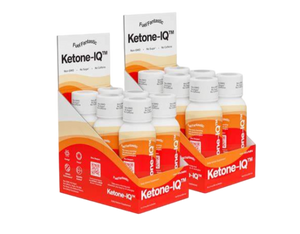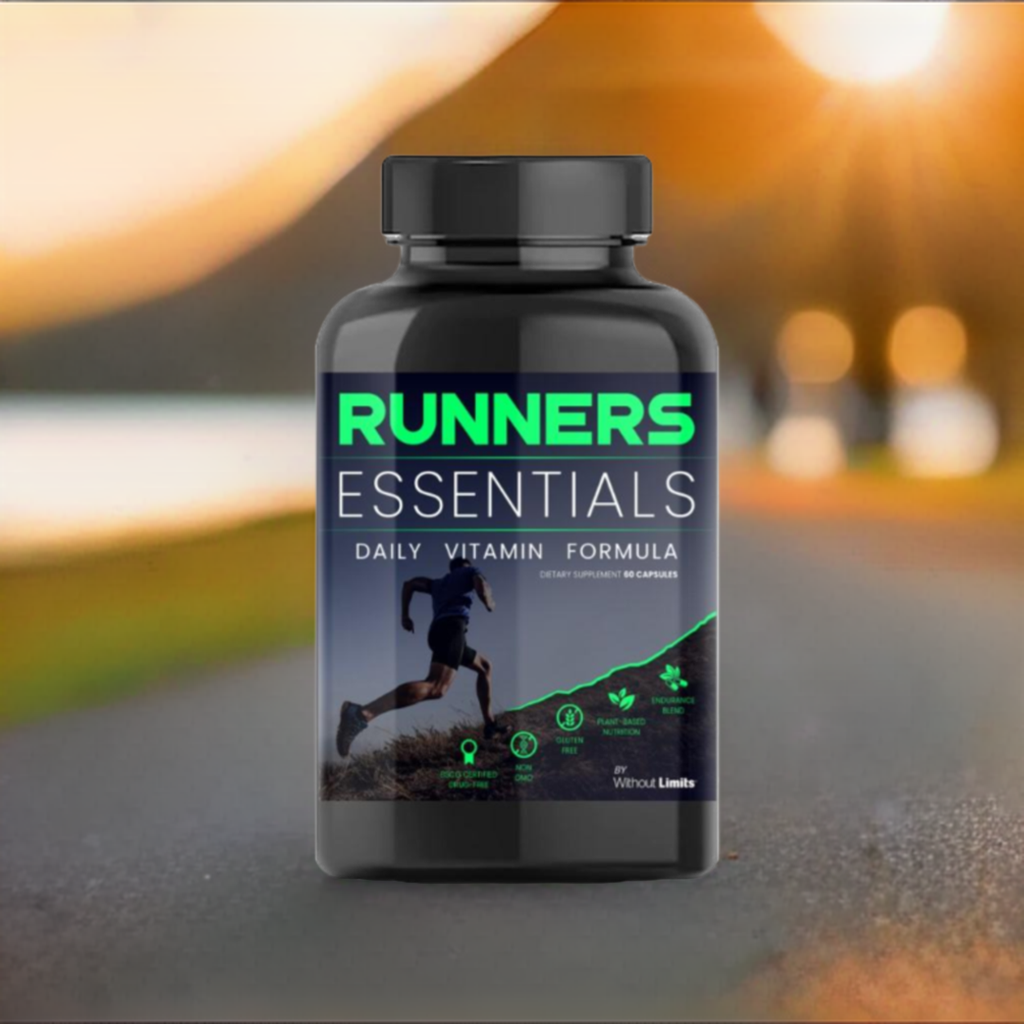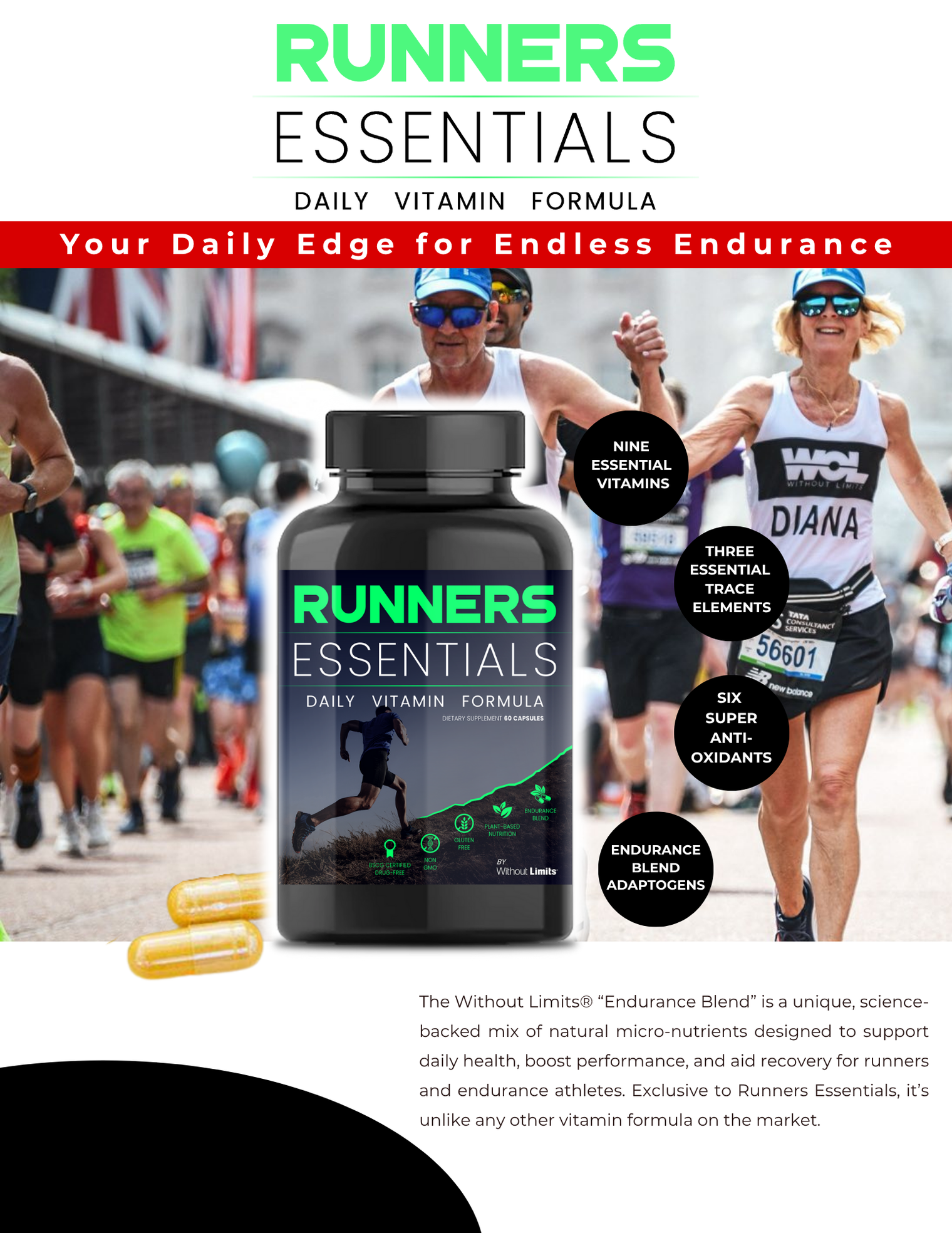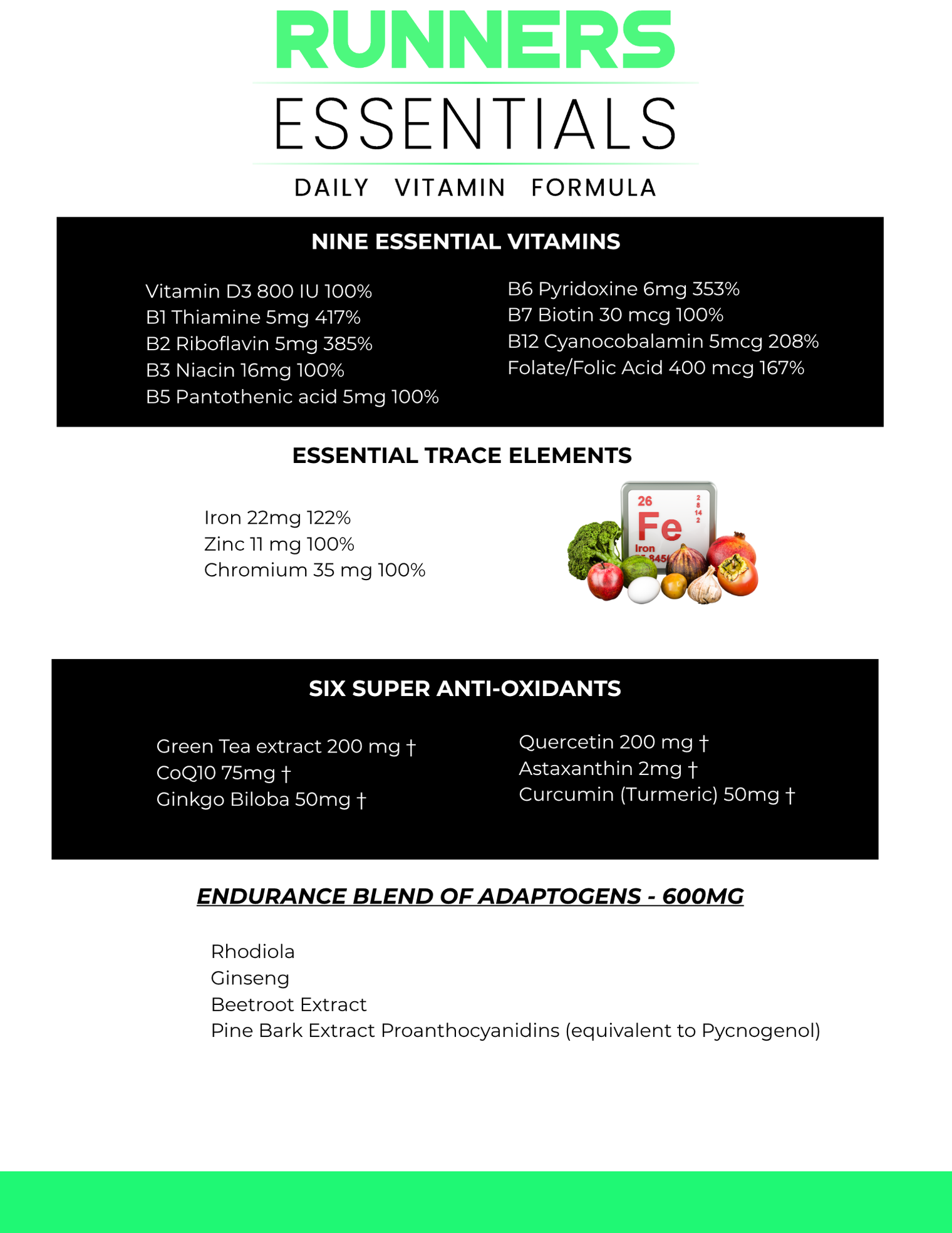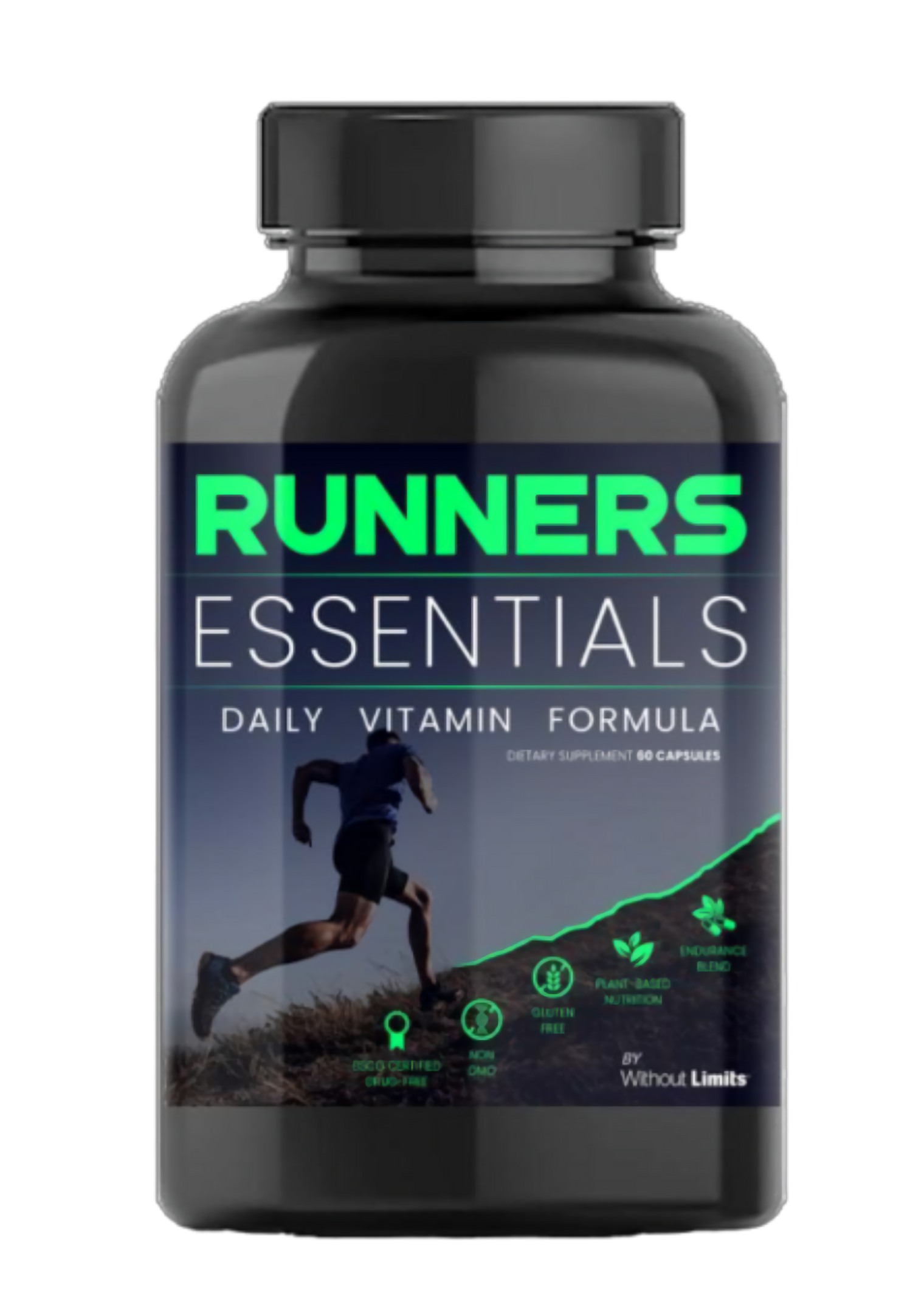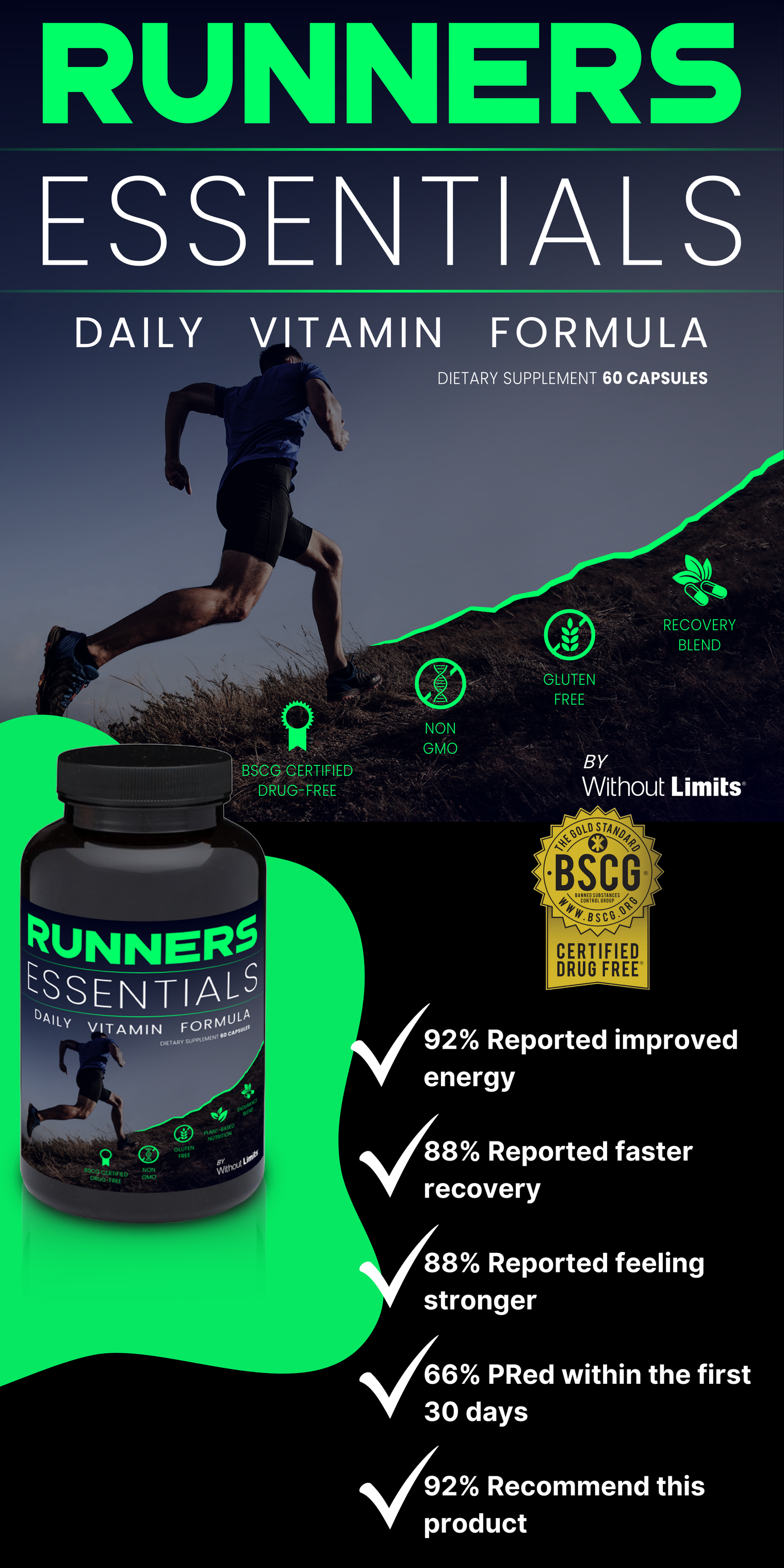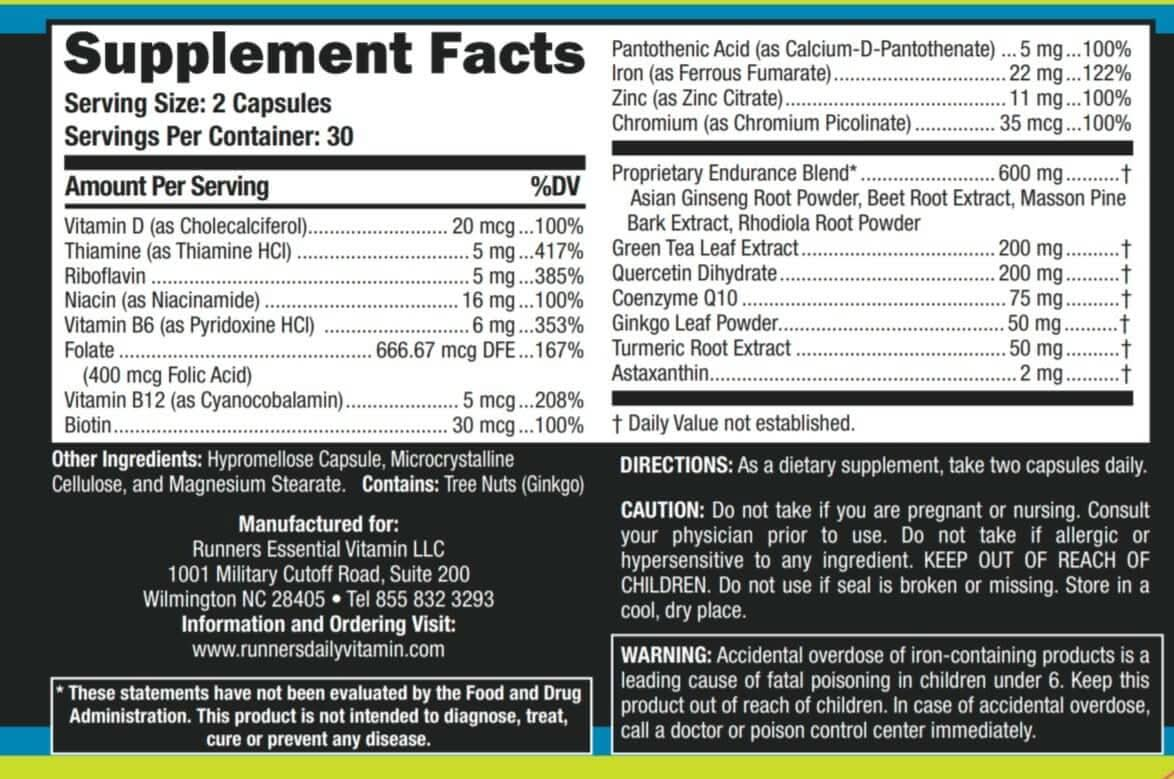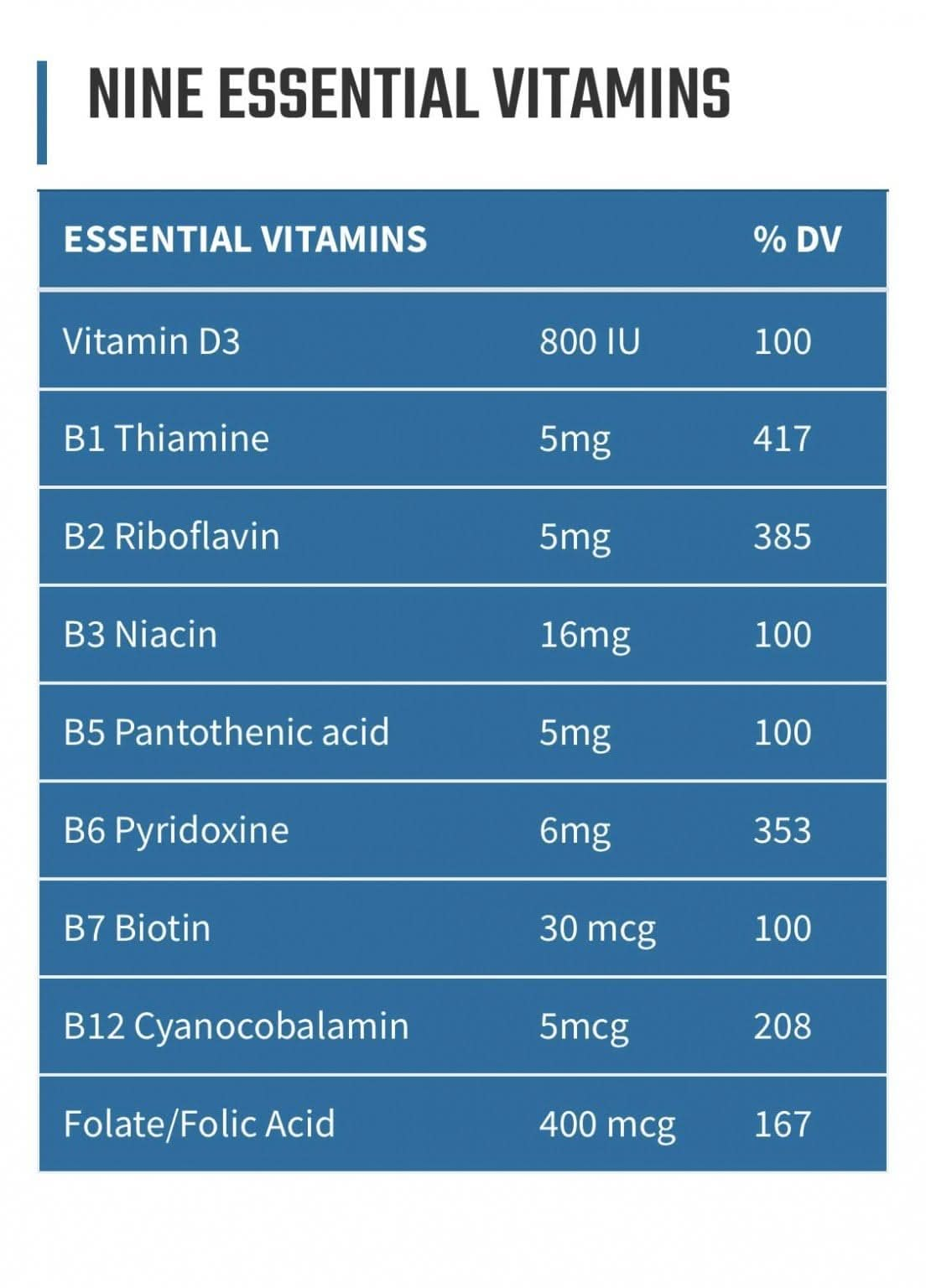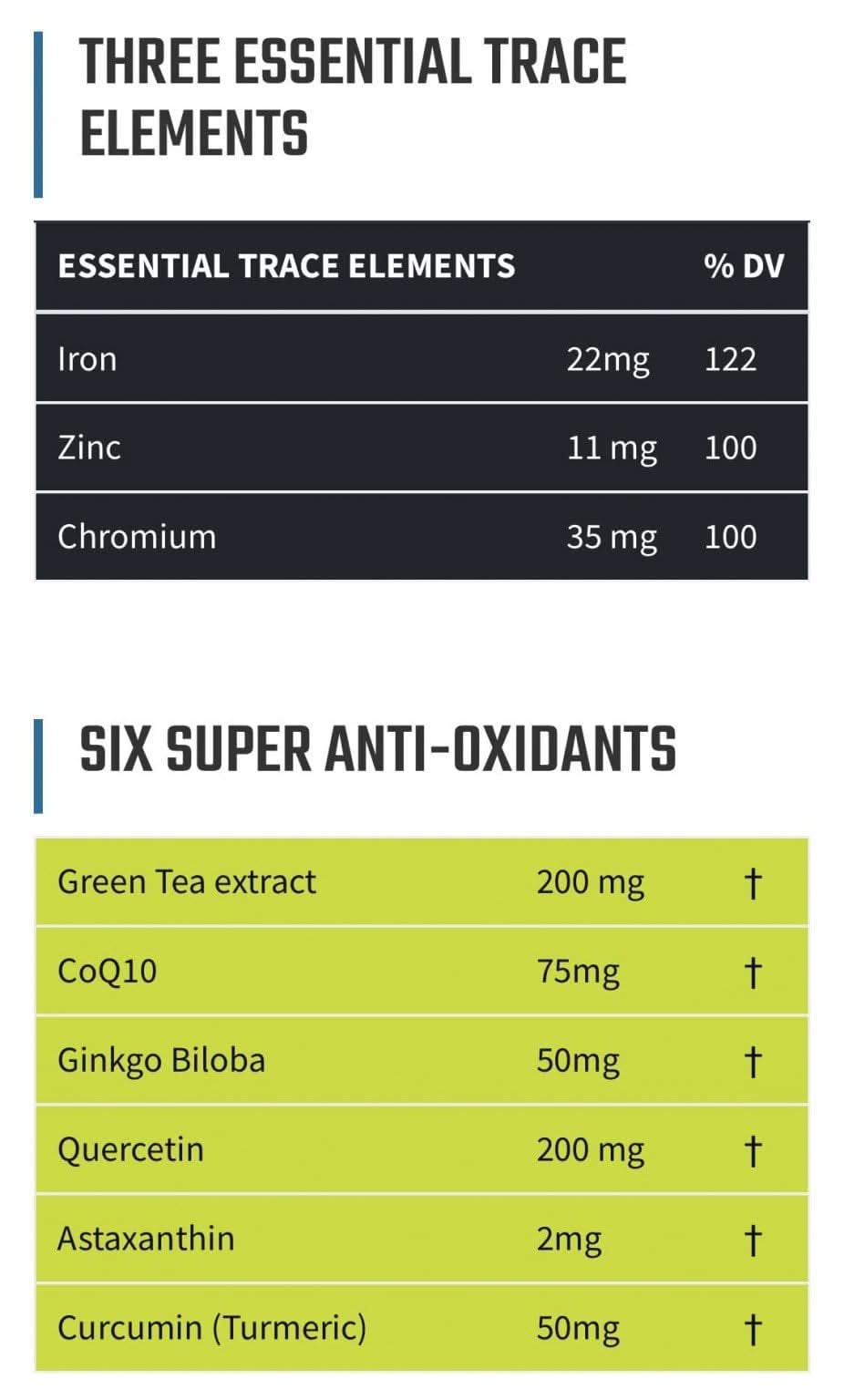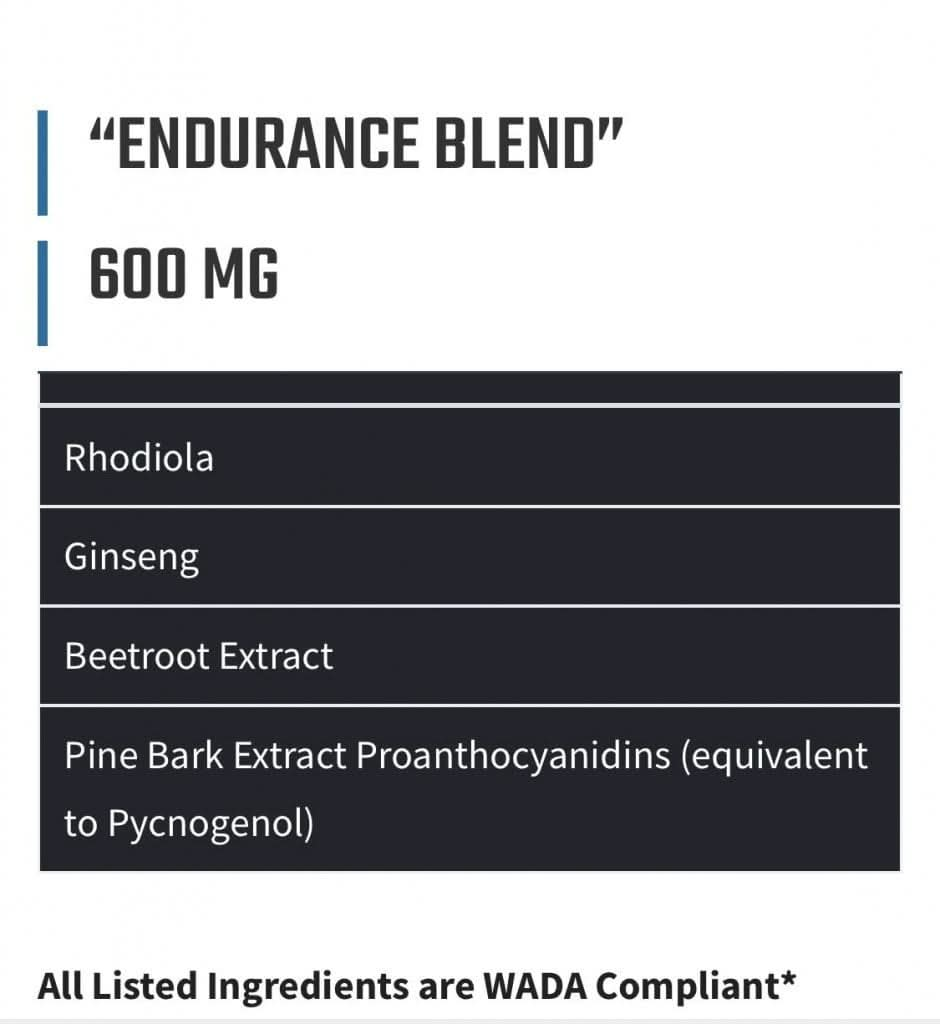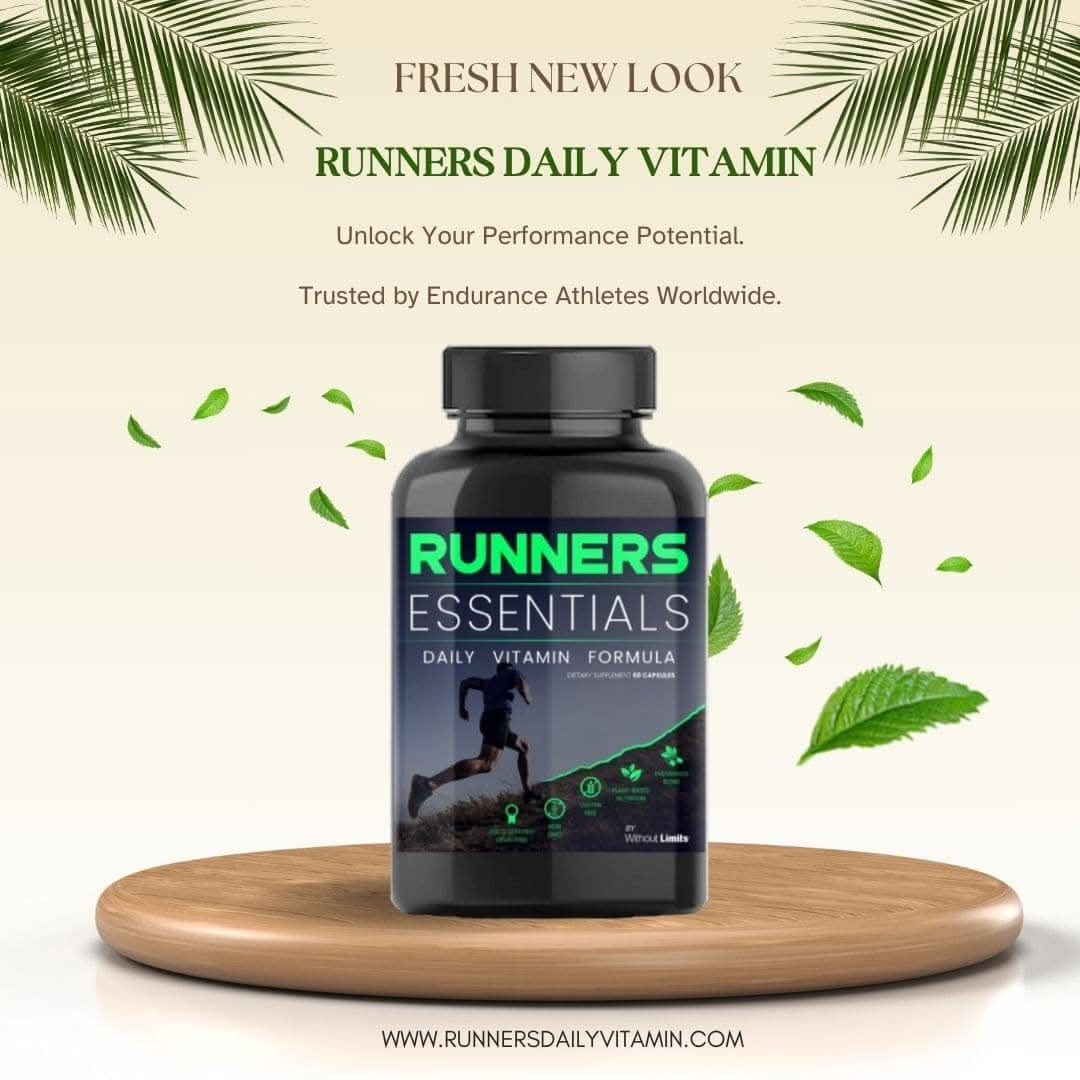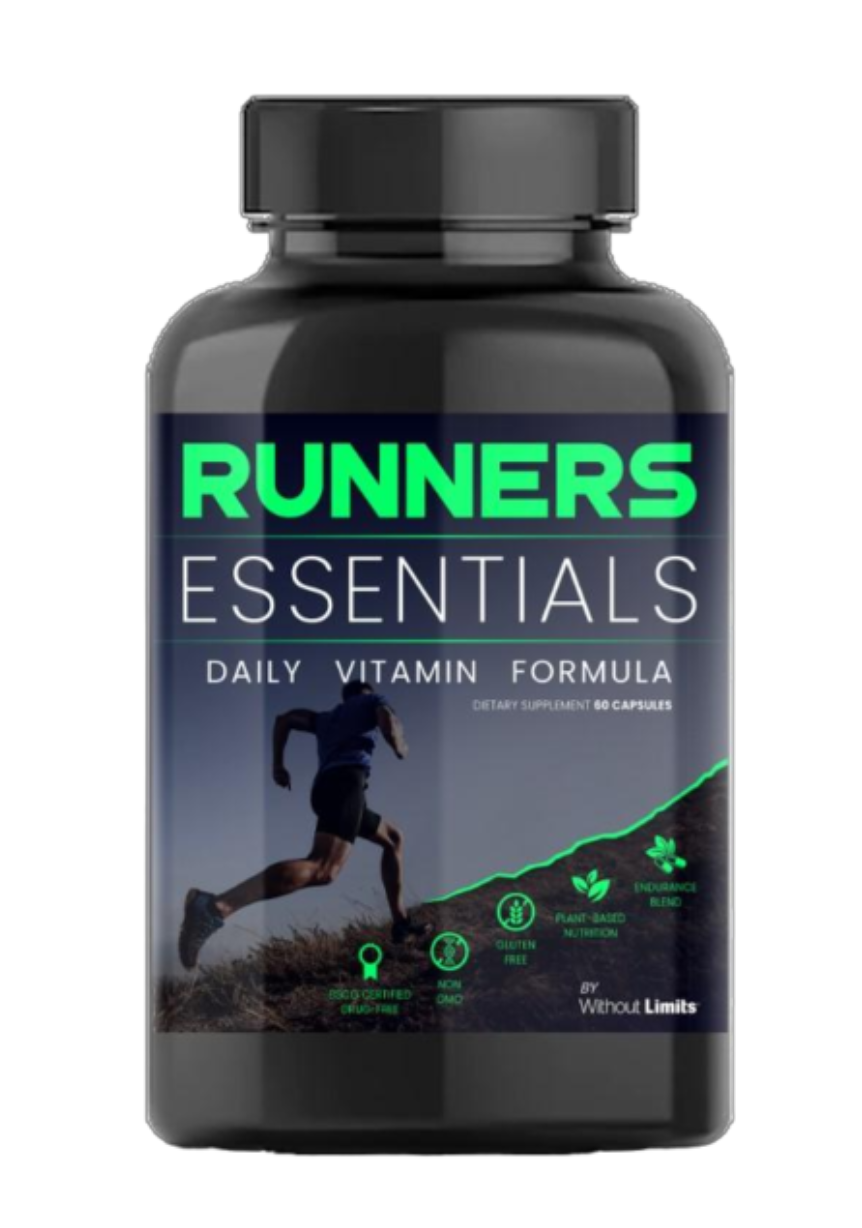Scott W. Tunis MD FACS •
Electrolytes, defined in the context of nutrition and athletics, are the dissolved minerals in our blood, sweat and urine which contain an electric charge.
They play critical roles in nerve conduction, muscle contraction, maintenance of hydration, and regulation of body fluid pH levels. Electrolytes in your body include sodium, potassium, chloride, calcium, magnesium, phosphate and bicarbonate.
Although all electrolytes are essential and perform critical roles in metabolic homeostasis, one could argue that sodium is the most important electrolyte. As the major extracellular cation, it regulates cell volume, transportation across cell membranes, and the electric potential of cells.
So let’s talk sodium (salt).
The normal range for serum sodium is between 135 and 145 milliequivalents per liter (mEq/L). Dysnatremias (abnormal serum sodium levels) are values that fall outside this range.
HYPOnatremia is low serum sodium due to an excess of water, or too little salt, or both. It usually occurs when an athlete hydrates excessively with water, thereby diluting a fixed amount of sodium in the bloodstream, and making the concentration of sodium too low. You might think this is a rare occurrence. Quite the contrary.
Over hydration and hyponatremia are an important and not uncommon cause of life-threatening illness and sudden race-related death in marathon runners. In the study “Hyponatremia among Runners in the Boston Marathon”, published in the New England Journal of Medicine.
- 13% of runners tested at the finish line were significantly hyponatremic.
HYPERnatremia is high serum sodium from not enough water, or too much salt, or both. Usually it occurs from dehydration. In “Dysnatremia among Runners in a Half Marathon Performed under Warm and Humid Conditions”
- The incidence of hypernatremia during the race was 7.4%.
The symptoms of both hypo and hypernatremia in roughly the order of occurrence and with increasing severity of the serum abnormality are: nausea, vomiting, headache, confusion, loss of energy, drowsiness and fatigue, restlessness and irritability, muscle weakness, cramps, seizures, coma, death. The one symptom differentiating the two is that hypernatremia usually causes extreme thirst, as would be expected, as the first predominant symptom.
Whew! Sounds like there’s a lot of room to get your serum sodium out of whack, and something you definitely don’t want to do. The good news is that if you have healthy kidneys and normal renal function, your kidneys do a pretty good job of normalizing your serum sodium no matter what your water and salt intake may be. At least under normal conditions.
As endurance athletes, however, we frequently ask our kidneys to function under abnormal and even extreme conditions… like half and full marathons, ultramarathons, in heat and humidity, at altitude, etc.
So it is important to maintain proper salt and water intake while training or competing. It would be great if there were one formula indicating how much and what to drink that would work for everyone. There isn’t. There are too many variables at play: age, sex, weight, body composition, level of fitness, intensity and duration of exercise, ambient temperature and humidity, and marked variations in rate, amount and salt content of sweat among individuals are all factors.
But there are some general guidelines:
- Over hydration by drinking too much water is the most common underlying cause of hyponatremia resulting in poor performance and medical complications. Consuming more than 1 to 1.5 liter of water per hour will generally lead to fluid retention and some degree of hyponatremia.
- Current recommendations suggest the range of 400-800 ml/hour as the appropriate fluid intake during prolonged exercise to avoid over hydration.
- Forget “DRINK AS MUCH AND AS OFTEN AS YOU CAN”. Rather “FOLLOW YOUR THIRST.”
- For prolonged exercise, for hot and humid climates, and for athletes with high sweat rates hydrate with water containing electrolytes rather than plain water.
- If you are accustomed to, and have had success with, salt pills to prevent exercise induced cramps, be aware that a little salt goes a long way. Four salt pills is not better than just one, and in fact may be worse.
Now about fluid and sodium for recovery. Your run is over. Let’s assume you sweat your butt off. Long endurance bouts typically result in a 0.1-3% reduction in body weight. You’ve weighed yourself before and after a long sweaty run and been amazed, right? Your weight loss is from fluid loss, including electrolytes. You need to replace fluid and electrolytes, particularly sodium. What does the science say?
According to “Nutrition and Supplement Update for the Endurance Athlete: Review and Recommendations, published in 2019:
- Post-exercise rehydration is best achieved by consuming beverages that have a high sodium content in a volume equivalent to 150% of body mass loss.
- Higher sodium concentrations in recovery drinks result in better rehydration up to a maximum concentration of 1380 mg/liter.
With that knowledge in hand, you may want to compare the concentrations of electrolytes in sports beverages that are commonly used for rehydration during recovery (values in mg/liter)
| Sodium | Magnesium | Potassium | |
| Bodyarmor | 80 | 0 | 0 |
| Powerade | 360 | 0 | 0 |
| Gatorade | 450 | 0 | 146 |
| Runners Essentials Long Run Recovery | 690 | 400 | 380 |
There you have it… some facts about electrolytes to help you successfully navigate “Sweat Life”. So drink up your (salt included) fluid replacement for optimum recovery!
STAY TUNED FOR PART SIX OF “ARE ALL RECOVERY SHAKES CREATED EQUALLY?: ”MICRONUTRIENTS FOR RECOVERY YOU’VE PROBABLY NEVER HEARD OF.
RELATED:
- Are All Recovery Shakes Created Equally? Part One: Which Protein? Flora or Fauna
- Are All Recovery Shakes Created Equally? Part Two: Carbohydrates - One Lump of Sugar or Two?
- Are All Recovery Shakes Created Equally? Part Three: Branched Chain Amino Acids: Leucine, Isoleucine and Valine
- Are All Recovery Shakes Created Equally? Part Four: Tart Cherry
More stories

Are All Recovery Shakes Created Equally? Part Four: Tart Cherry

5 Health & Fitness Performance Benefits of Beetroot + Other Health Perks
Set It and Forget It! Up to 35% OFF Single Bottle Price with a Subscription + Free Shipping.
A fusion of science, athletics, and nutrition that maintains an unwavering commitment to quality, content, and purpose. Our daily proprietary formula blends essential vitamins, potent antioxidants, and energy-boosting adaptogens.
Physician, Elite Athlete and Nutritionist formulated and grounded in real science.
- Manufactured in the USA in a GMP and NSF Certified Facility
- Non-GMO, Gluten Free, BSCG Certified Drug Free
- 22 All-Natural Ingredients with 12 Essential Vitamins and Minerals
- 6 Super Antioxidants and 4 Phytonutrients
- Physician, Elite Athlete and Nutritionist Formulated
